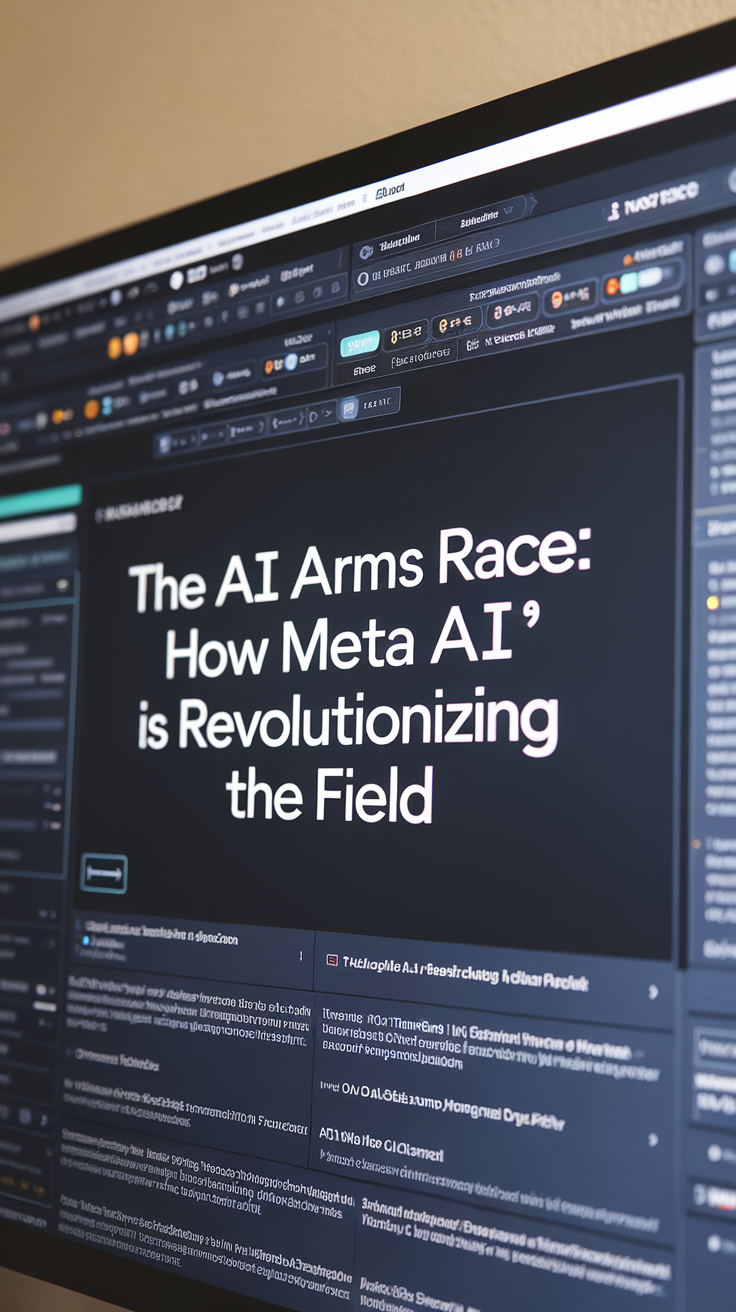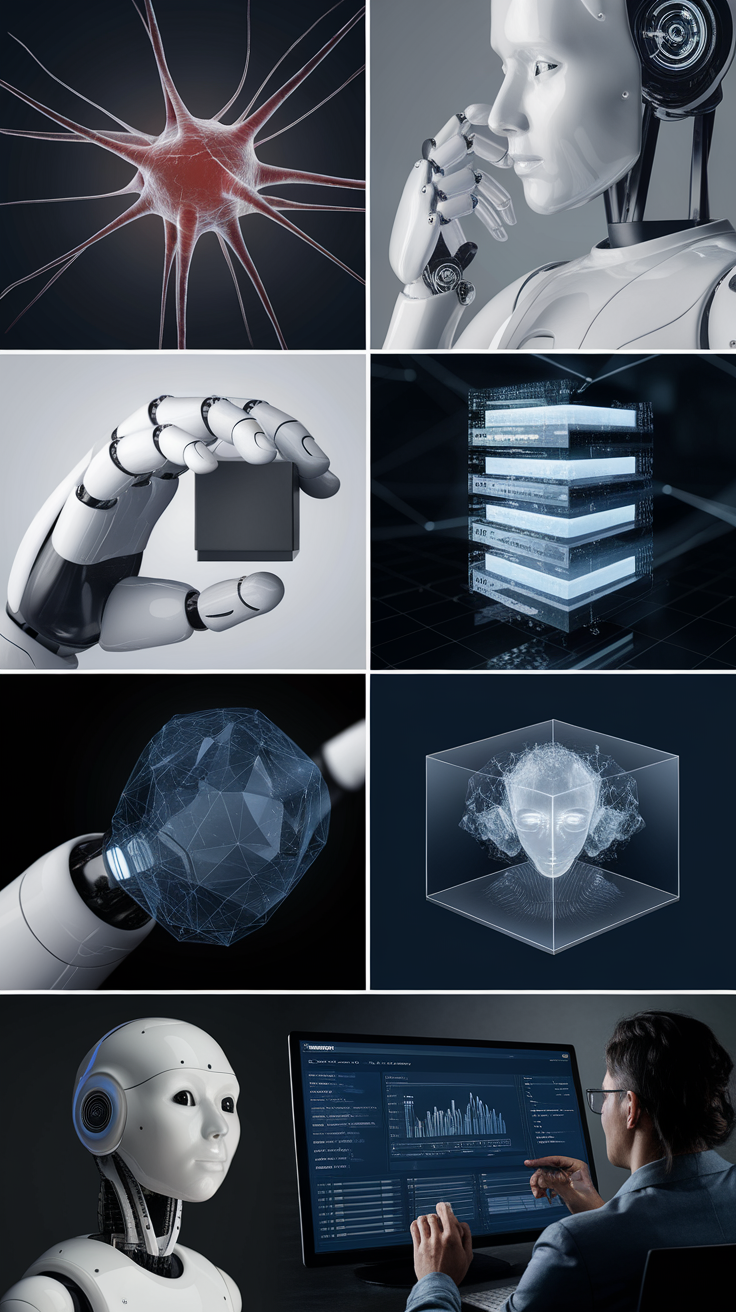The Rise of Explainable AI: Unlocking Transparency in Machine Learning
Last Updated: June 29, 2025 at 10:24:40 AM UTC
As AI becomes increasingly pervasive in our daily lives, the need for transparency and explainability in machine learning models has never been more pressing. This blog post explores the growing trend of Explainable AI (XAI) and its potential to revolutionize the field.

The artificial intelligence landscape is evolving at a rapid pace, with machine learning models being increasingly used to make critical decisions in various industries. However, as AI becomes more pervasive, concerns about transparency and accountability are growing. This is where Explainable AI (XAI) comes in – a growing trend that aims to make machine learning models more transparent and interpretable.
What is Explainable AI?
Explainable AI is an approach to machine learning that focuses on providing insights into the decision-making process of AI models. It involves developing techniques to explain the reasoning behind a model's predictions, making it easier to understand and trust the results. XAI is particularly important in high-stakes applications, such as healthcare, finance, and autonomous vehicles, where accurate and transparent decision-making is crucial.
Why is Explainable AI Important?
The importance of XAI cannot be overstated. As AI models become more complex and opaque, it becomes increasingly difficult to understand why they make certain decisions. This lack of transparency can lead to mistrust and skepticism, which can have serious consequences in industries where accuracy and reliability are paramount.
Moreover, XAI has the potential to improve the performance of AI models by identifying biases and errors. By understanding how a model makes decisions, developers can identify areas for improvement and fine-tune the model to achieve better results.
How is Explainable AI Achieved?
There are several techniques used to achieve XAI, including:
- Model interpretability: This involves developing techniques to understand the internal workings of a machine learning model, such as feature importance and saliency maps.
- Model explainability: This involves developing techniques to explain the decisions made by a machine learning model, such as local interpretable model-agnostic explanations (LIME).
- Hybrid approaches: This involves combining multiple techniques to achieve XAI, such as using model interpretability and model explainability together.
Applications of Explainable AI
XAI has numerous applications across various industries, including:
- Healthcare: XAI can be used to explain medical diagnosis and treatment recommendations, improving patient trust and understanding.
- Finance: XAI can be used to explain investment decisions and risk assessments, improving financial transparency and accountability.
- Autonomous vehicles: XAI can be used to explain decision-making in autonomous vehicles, improving safety and trust.
Conclusion/Key Takeaways
Explainable AI is a rapidly growing trend that has the potential to revolutionize the field of machine learning. By providing transparency and interpretability, XAI can improve the trust and understanding of AI models, leading to better decision-making and more accurate results. As AI becomes increasingly pervasive in our daily lives, the need for XAI will only continue to grow, and it is essential that we prioritize its development and adoption.
The future of AI depends on our ability to make it transparent and explainable. With XAI, we can unlock the full potential of machine learning and create a more trustworthy and accountable AI ecosystem.









